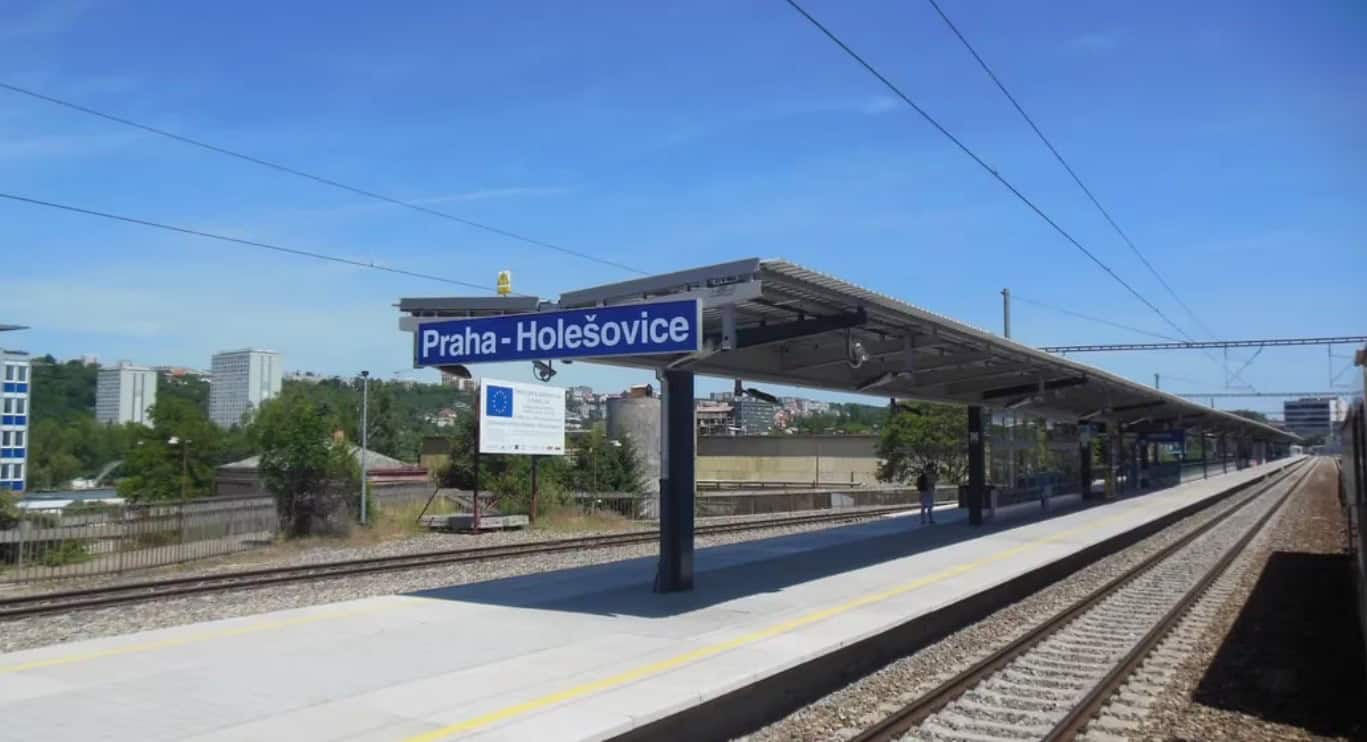
The debut of the testing system – designed to be twice as big as the main network so developers can simulate massive scaling, comes a year after Ethereum completed its historic “Merge” shift to a “proof-of-stake” model from the original “proof-of-work” setup that Bitcoin uses.
Ethereum developers launched a new test network, Holesky, on Friday that they say will improve the largest smart-contracts blockchain’s testing capability – by making it twice as big, at least based on one metric, than the main network.
The first blocks proposed on the new test network were visible on Friday via a new blockchain explorer set up specifically to monitor Holesky, on the website beaconcha.in.
The launch of Holesky was selected to mark the first anniversary of Ethereum completing the “Merge,” its historic transition to a “proof-of-stake” blockchain, from the original and more energy-hungry “proof-of-work” model that Bitcoin uses.
Testnets are copies of a blockchain – in this case Ethereum – used specifically for testing new applications and smart contracts in a low-stakes environment.
Ethereum developers expect Holesky to eventually replace the Goerli testnet, targeted for sunset in early 2024.
Biggest testnet for Ethereum
Ethereum core developer Parithosh Jayanthi told CoinDesk that Holesky is expected to become the biggest testnet for Ethereum, and should have 1.4 million validators to help address scalability problems with mainnet. That’s double the 700,000 on Ethereum.
Goerli and Sepolia, another Ethereum testnet, are operated by a smaller subset of “validators” than the main Ethereum chain, and some developers think these smaller validator sets pose a problem.
By making Holesky bigger, developers will theoretically be able to test infrastructure and upgrades under more rigorous conditions, meaning tests that go smoothly on Holesky should be less likely to face unforeseen issues on mainnet.
“We don’t want to hit a scaling issue that could happen first on mainnet,” Jayanthi told CoinDesk prior to Holesky’s debut. “We want to catch [scaling issues] on testnet, which means we have to have a testnet that’s bigger” than the main Ethereum chain.
